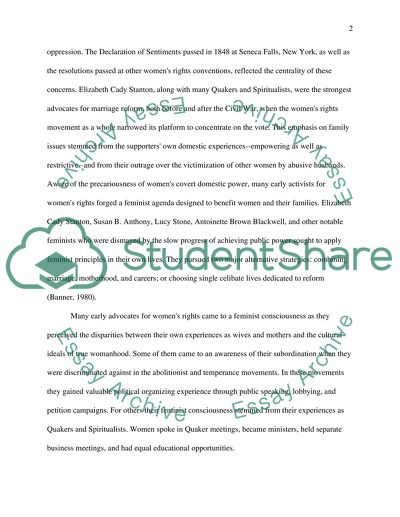Cite this document
(Feminists against the Traditional Family and Dimensions of Gender, Term Paper, n.d.)
Feminists against the Traditional Family and Dimensions of Gender, Term Paper. Retrieved from https://studentshare.org/social-science/1505404-feminism-essay
Feminists against the Traditional Family and Dimensions of Gender, Term Paper. Retrieved from https://studentshare.org/social-science/1505404-feminism-essay
(Feminists Against the Traditional Family and Dimensions of Gender, Term Paper)
Feminists Against the Traditional Family and Dimensions of Gender, Term Paper. https://studentshare.org/social-science/1505404-feminism-essay.
Feminists Against the Traditional Family and Dimensions of Gender, Term Paper. https://studentshare.org/social-science/1505404-feminism-essay.
“Feminists Against the Traditional Family and Dimensions of Gender, Term Paper”, n.d. https://studentshare.org/social-science/1505404-feminism-essay.


